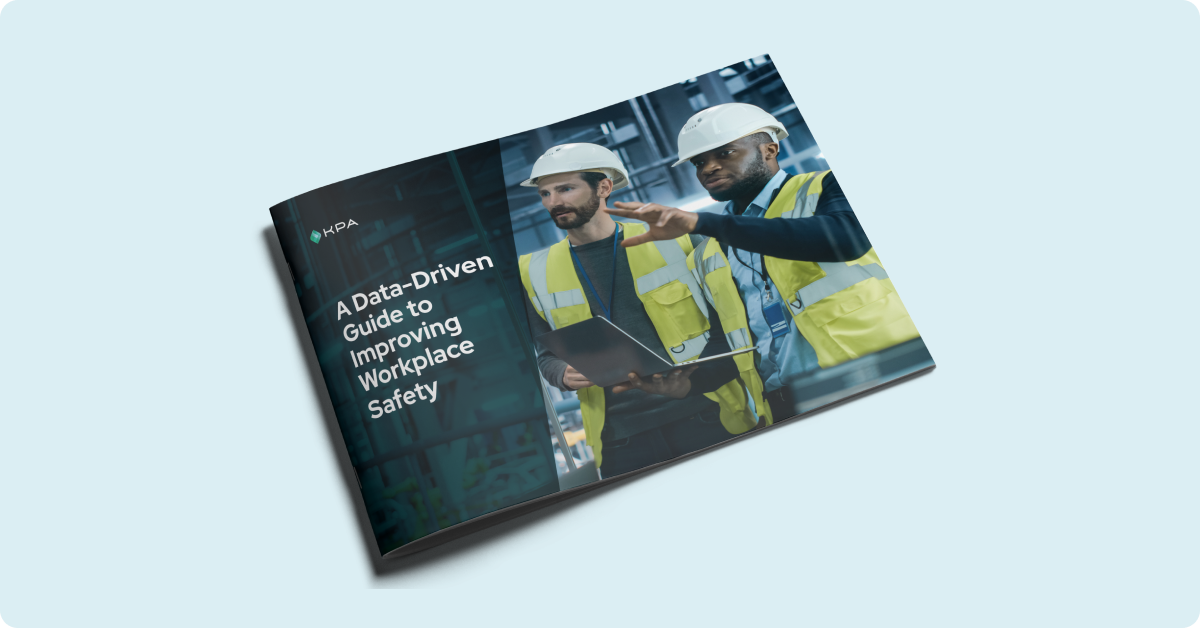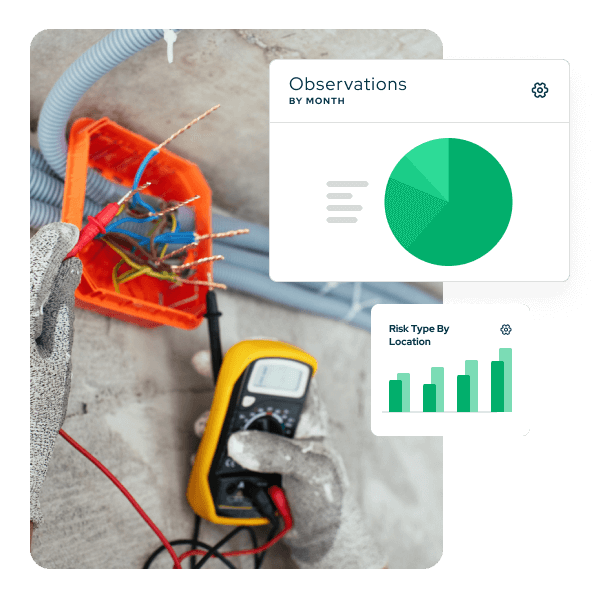OSHA Making You Go “OMG?” TBH, You May Want to Consider a JSA
OSHA, NIOSH, CDC, EPA, NEP, PPE, PPM—the workforce safety and compliance world is teeming with acronyms and abbreviations. Many of them represent important rules and standards, indicators of dangerous conditions, or government agencies on the lookout for violations.

In other words, if you don’t know what a given string of letters means, it probably translates to “you’re in trouble.”
If regulatory alphabet soup is causing you to shout “OMG” or “WTF,” allow me to introduce you to one more acronym—one that serves to help rather than punish your organization:
JSA.
That stands for job safety analysis.
What is a JSA?
A JSA entails taking a step back, examining a series of tasks, and finding and addressing issues before they become real-world incidents. (FYI and FWIW, the term is often used interchangeably with “JHA”—job hazard analysis.)
OSHA—that’s the Occupational Health and Safety Administration, by the way—describes a JSA as “a very effective means of helping reduce incidents, accidents, and injuries in the workplace. It is an excellent tool for new employee orientations and training and can also be used to investigate ‘near misses’ and accidents.”
This analysis is important because it identifies and controls hazards inherent to the work process.
Five simple steps to conducting a job safety analysis
OSHA doesn’t necessarily require you to conduct them, but it does recommend you do so as a best practice. Fortunately, the process is rather straightforward, as an article in Safety+Health magazine explains. Here’s what you need to do to conduct a JSA:

Download this eBook to learn the different types of safety data and best practices for using data and analytics to improve your safety program.
JSA Frequently Asked Questions
While not a specific requirement, the Occupational Safety and Health Administration outlines standards that often require identifying and mitigating workplace hazards.
Prime candidates for JSAs are job tasks associated with high numbers of incidents, jobs with the potential to cause severe injuries, infrequently performed jobs, and newly developed jobs.
Implementing a Job Hazard Analysis (JHA) offers numerous key benefits that enhance workplace safety. The jsa process allows teams to break the job into specific tasks, enabling a thorough evaluation of the hazards associated with each job or task. By conducting observations of the job and leveraging the knowledge of the job, employers can identify potential safety risks and develop hazard control strategies. When a hazard cannot be eliminated, the JHA helps to modify work processes through engineering controls and administrative control measures, ensuring workers perform a task in the safest way possible. This systematic procedure is essential for minimizing or eliminating exposure to hazardous conditions, ultimately reducing the risk of injury to workers and preventing workplace injuries and illnesses.
Moreover, a successful job safety analysis provides a structured worksheet that guides teams in identifying and implementing effective safety measures. JSA helps facilitate essential job training for both experienced workers and supervisors, fostering a culture of safety and accountability. By prioritizing environmental health and safety, organizations can ensure that every employee is equipped to recognize and respond to hazards that could potentially cause harm. As a result, the JHA process not only protects workers but also enhances overall productivity and morale at the job site.
If your job is to minimize workplace safety incidents, there’s another 3-letter acronym you should know: KPA.
By studying the relationship between the worker, task, tools, and environment, you can take steps to reduce or eliminate risks before they cause harm.
Quickly develop and deploy EHS forms such as inspection checklists, JSAs and near-misses with a powerful form builder. Customize an existing form from the library or create new ones from scratch.

Related Content
Explore more comprehensive articles, specialized guides, and insightful interviews selected, offering fresh insights, data-driven analysis, and expert perspectives.

